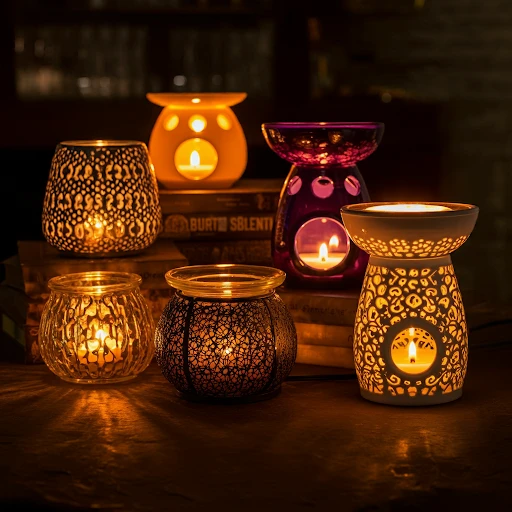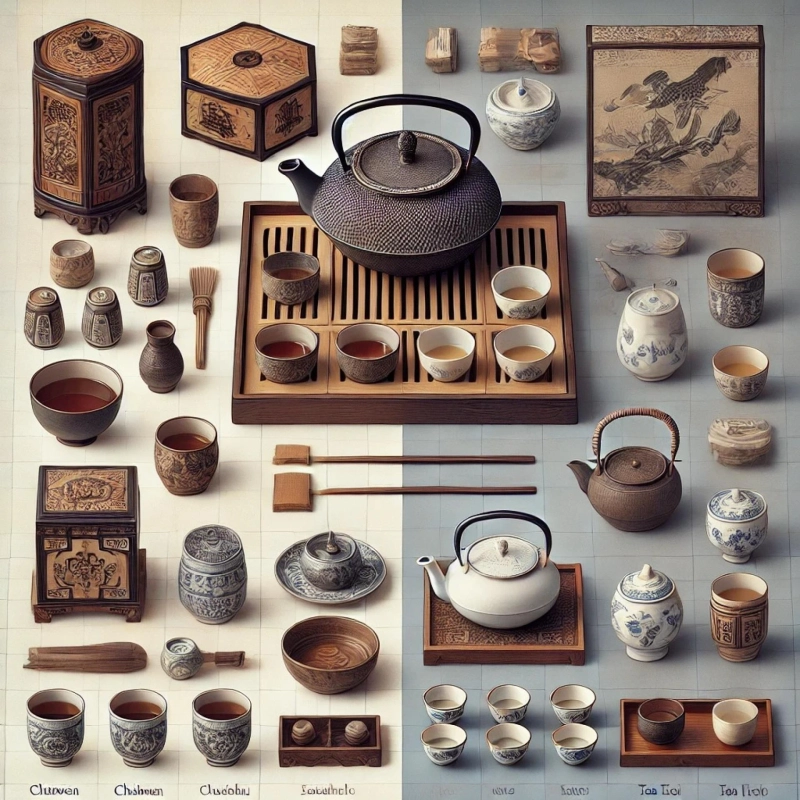Tea culture holds a significant place in both Japanese and Chinese traditions, reflecting each nation\'s history, philosophy, and artistic expression. While both cultures celebrate tea, their tea sets and ceremonies exhibit distinct characteristics that highlight their unique cultural identities.
Japanese Tea Set
Japanese tea culture is deeply rooted in the Zen philosophy and is epitomized by the Japanese tea ceremony, or "Chanoyu." The tea set used in this ceremony is minimalistic and focuses on simplicity and natural beauty. Key components of a traditional Japanese tea set include:
Chawan (Tea Bowl): The centerpiece of the tea set, chawan comes in various shapes and sizes, designed to be cradled in both hands. The aesthetics often emphasize irregularity and wabi-sabi, the beauty of imperfection.
Chashaku (Tea Scoop): Made from bamboo, the chashaku is used to measure matcha powder. Its elegant, curved shape is both functional and artistic.
Chasen (Tea Whisk): Crafted from a single piece of bamboo, the chasen is used to whisk the matcha powder into a frothy consistency. The quality of the chasen can significantly impact the texture and flavor of the tea.
Natsume (Tea Caddy): This container stores the matcha powder. Natsume can be made from lacquered wood, ceramic, or metal, and often features intricate designs.
Fukusa (Silk Cloth): Used for purifying the tea utensils, the fukusa represents the ceremonial aspect of the tea preparation.
The Japanese tea set reflects the Zen principles of harmony, respect, purity, and tranquility. The ceremony itself is a meditative practice that emphasizes the connection between the host and the guest, and the appreciation of the present moment.
Chinese Tea Set
Chinese tea culture is one of the oldest in the world, with a history that dates back thousands of years. The Chinese tea set is known for its diversity and elegance, varying greatly depending on the type of tea and regional traditions. Key components of a traditional Chinese tea set include:
Teapot: The Yixing teapot, made from purple clay, is particularly renowned. Its porous nature enhances the flavor of the tea over time. Other teapots may be made from porcelain, glass, or cast iron.
Gaiwan (Lidded Bowl): Used for brewing and drinking tea, the gaiwan consists of a bowl, a lid, and a saucer. It allows for full appreciation of the tea leaves\' aroma and flavor.
Cha Hai (Fairness Cup): This vessel is used to ensure an even distribution of the brewed tea among the guests, preventing over-steeping and ensuring consistency in taste.
Tea Cups: Smaller than Western tea cups, Chinese tea cups allow drinkers to savor the tea in small sips, fully appreciating its flavor and aroma.
Tea Tray: Also known as a tea boat, it collects any spillage during the brewing process. The tray often features intricate carvings and is designed to enhance the aesthetic experience.
Tea Tongs and Spoon: These tools are used to handle tea leaves and cleanse the cups, maintaining hygiene and respecting the tea’s purity.
Chinese tea culture is characterized by its emphasis on the sensory experience of tea drinking. The color, aroma, taste, and even the sound of pouring tea are all integral to the enjoyment of tea. Different regions in China have their own unique tea practices, from the elaborate Gongfu tea ceremony in Fujian and Guangdong to the Tibetan butter tea traditions.
Conclusion
While both Japanese and Chinese tea set serve the fundamental purpose of tea preparation and enjoyment, they do so in ways that are deeply reflective of their respective cultures. Japanese tea sets are minimalist and imbued with Zen principles, focusing on the spiritual connection and the beauty of imperfection. In contrast, Chinese tea sets are diverse and ornate, emphasizing the sensory pleasure and the rich history of tea drinking. Together, these tea traditions offer a profound insight into the cultural heritage and philosophies of Japan and China.


